New research carried out by UHI Inverness will investigate the cause of declining numbers of Atlantic salmon in Scottish waters.
The study, conducted in collaboration with the Department of Fisheries and Oceans in Canada, will look into the genetics of Atlantic salmon.
It will help understand how different salmon species respond to freshwater and saltwater environments, which are impacted by cold temperatures and rainfall levels.
Atlantic salmon is an important species in Scotland however numbers of new fish are declining due to various factors, including warming seas and pollution.
Since the 1970s, far fewer salmon have been returning to Scottish waters.
Environmental conditions can significantly impact salmon migration habits and where they choose to feed and spawn.
These life cycles require precise timing as salmon can only spawn when at optimal conditions.
Identifying the most vulnerable populations
Using genetic and statistical tools, UHI Inverness project leader Dr Samantha Beck will combine migration data, environmental data and genomic data in her research.
She said: “I will be exploring migration timing and the environmental factors influencing salmon migration, and how these correlate with genetics, to determine what this might mean for the future of different populations of Atlantic salmon across their range.
“With this information, we can identify which populations are most vulnerable to climate change, providing fisheries managers with the knowledge and understanding to adapt river management to support these populations and conserve numbers.
“The diversity of Atlantic salmon life histories is vast, with adults maturing at different ages and returning to spawn at different times of the year.
“However, we know very little about the genetic basis of migration timing, especially in smolts.
“Results from this study will enable limited conservation resources to be targeted to those most vulnerable populations to ensure that rivers can continue to support a large diversity of Atlantic salmon.”
Concerns raised over salmon in the River Dee.
Recently salmon numbers have been a cause for concern in the River Dee where local MP Andrew Bowie raised the issue.
The salmon industry at the River Dee employs 500 full-time jobs and contributes £15 million per year to the local economy.
In January 2022, the Scottish Government published its Wild Salmon Strategy, following “unequivocal evidence” that populations of Atlantic Salmon are at a crisis point.
Mr Bowie wrote to the government urging them to take action warning that “if we do not act now, there may be no wild salmon left to save”.
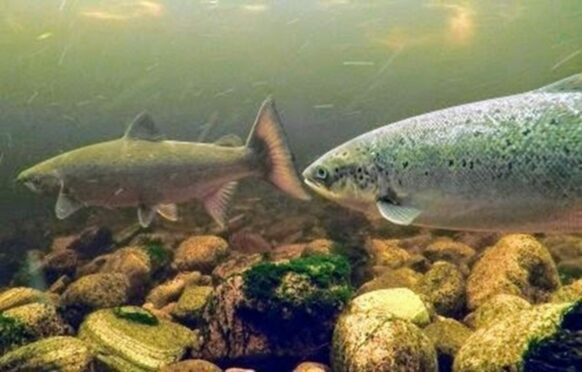
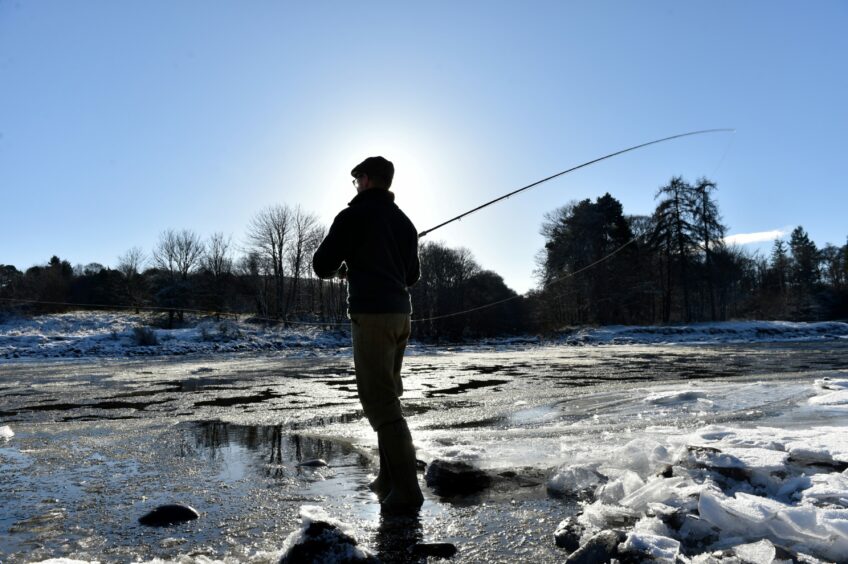


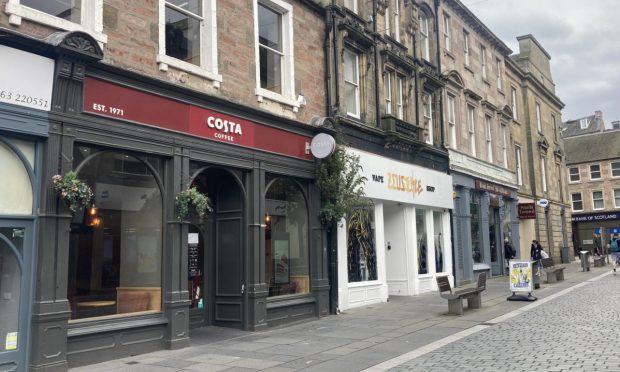





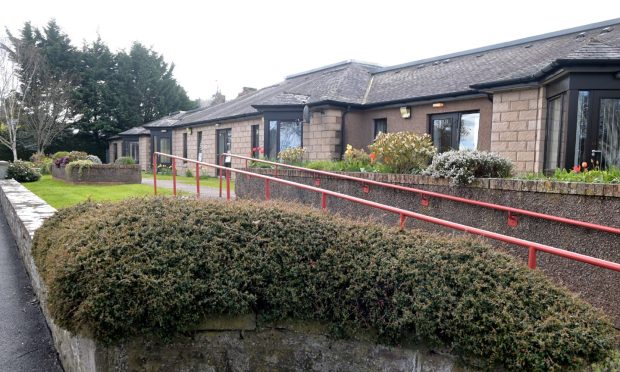
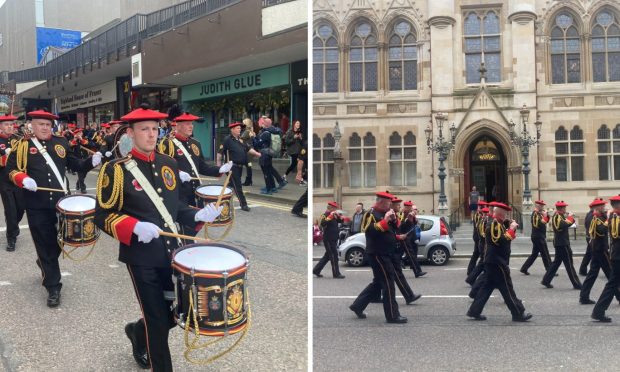
Conversation